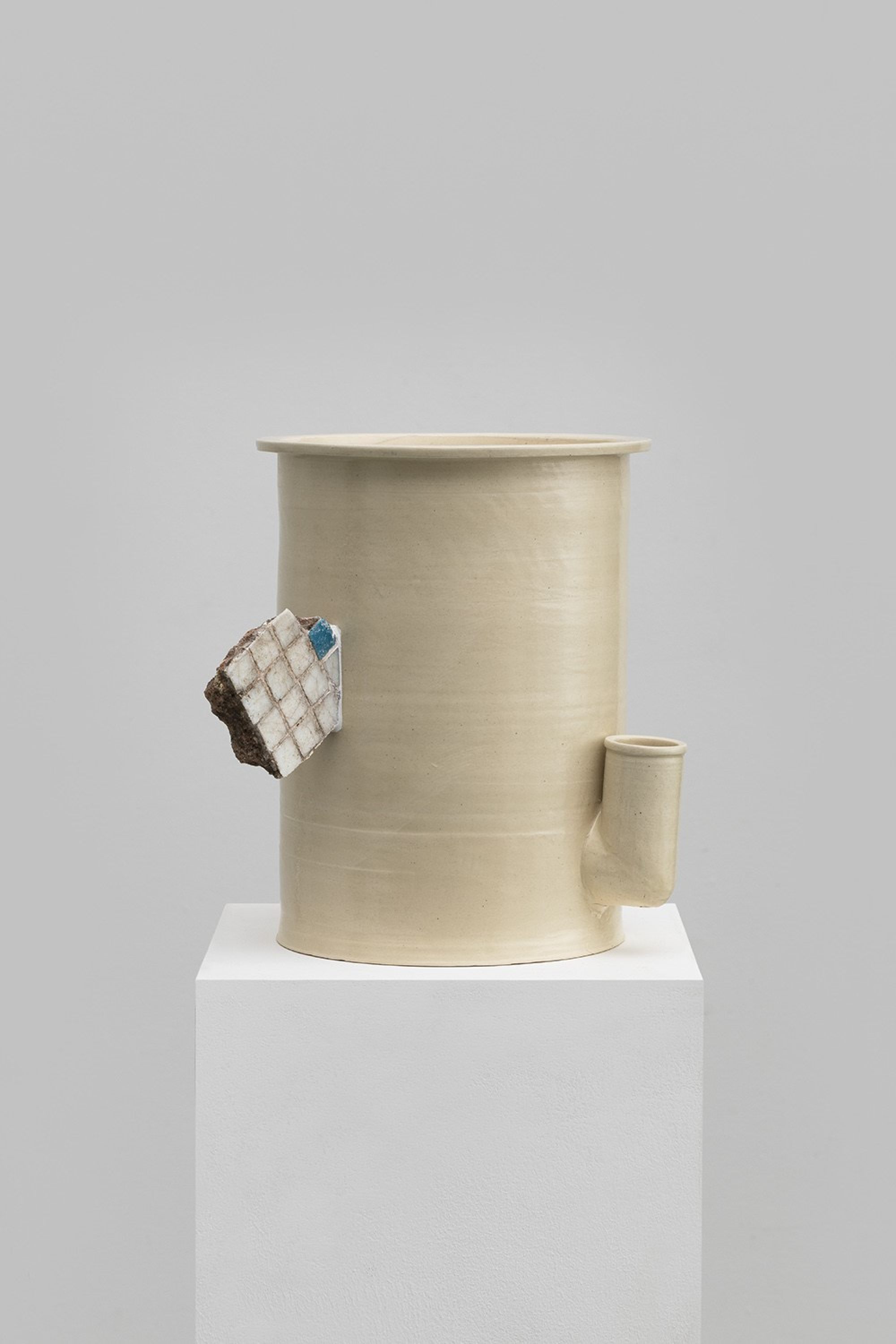
Private Chinese art museum makes a comeback, 2 years after sponsor’s pull-out left it on life support
- Guangdong Times Museum, in Guangzhou, was at the centre of the Chinese contemporary art scene when its funding dried up in 2022. Two years on, it’s reopening
- The relaunch, which will coincide with Art Basel Hong Kong, was made possible by a fundraising auction in January of original works provided by artists
In 2022, news that Guangdong Times Museum had to end all exhibition activities because of funding cuts sent shock waves through the Chinese contemporary art community.
And it left fans of the innovative and community-centred private institution in the southern Chinese city of Guangzhou devastated.
“There is a lot of expectation for us to continue from our peers and audiences because Times Museum is one of the very few independent institutions in the south [of China],” deputy director Nikita Cai Yingqian tells the Post.

This year, it will restart its exhibition programme with four shows planned in its split-level gallery space, designed by Dutch architect Rem Koolhaas, which opened in the northern part of the city in 2010.
Architect shows his knife skills in second career making paper cuttings
The first, opening on March 23, is a group show curated by Hong Kong- and Shenzhen-based Qu Chang exploring the concept of intimacy and feelings in contemporary China. Later, there will be two more group exhibitions and a mid-career survey of artist Sun Xun’s work.
For its January 7 auction, the museum received an overwhelming response from 65 artists. The majority are based in Guangdong province and Hong Kong and have collaborated with the non-profit institution in the past.
Cai says the success of the 10-hour online auction surpassed their wildest expectations, but is tight-lipped about the exact figure raised.

The museum covered production costs and offered artists half of the proceeds, although some chose to donate their share to the museum.
“Many of the artists were research-based or new-media practitioners who created original or special edition pieces specifically for the auction, and their contributions went beyond mere monetary value,” Cai says.
Among many works by artists such as Hong Kong-born Lee Kai-chung and Shantou-based Wang Yi-shan, the top auction item by hammer price was a new work by Duan Jianyu which fetched 335,000 yuan (US$47,000).
We want to continue to be able to do something
Duan is a Guangzhou-based artist who teaches at the Fine Arts Department of South China Normal University. Her painting, Museum (2023), is a small-scale work that depicts diverse objects on a shelf, including a Buddha statue, a food basket, a porcelain vase, and rain boots that resemble the pair worn by Astro Boy in the eponymous Japanese manga series.
Another contributor was Wang Zhibo, a Berlin-based artist whose connection to the museum stretches back to 2017, when it hosted her first public exhibition. “Nikita reached out and asked for my support, and of course I had to say yes,” she says.

“I see it as a win-win,” she says. “The piece finds a new home with a collector who appreciates the museum, and the museum gets a boost towards reopening.”
Cai, who became chief curator of the museum in 2017, says the amount raised was just a fraction of its previous annual budget of around 10 million yuan, and the museum still cannot put on large-scale exhibitions. But she says there is enough funding for public projects that “have more meaningful interactions with audiences and dialogues with artists”.
In stark contrast to the high entry price charged by most private museums in China, Cai says the museum’s new exhibitions will remain accessible. “Think movie tickets, not even IMAX,” she says. The average cost of a regular movie ticket in China is between 30 and 50 yuan.
How Singapore’s art scene is ‘maturing’ with growth in private shows
The Times team have kept things going at minimal cost for the past two years, maintaining a digital art programme and holding regular film screenings and seminars.
The abrupt end to exhibitions in 2022 was a culmination of the Covid-19 pandemic’s disruptive grip and the Chinese economy’s slowdown, which forced the museum’s sole major backer, the property developer Times China, to pull its support.
“It is not only the Times Museum. Many private art institutions in China are currently experiencing financial and budgetary difficulties,” Cai says.

When it comes to alternative funding models beyond relying on a single corporate sponsor, Cai says there are no established examples in China that they can learn from.
“How we can truly succeed on public support alone and ensure its sustainability? I hope our new and old friends would allow us the time to find a feasible method.”
Ultimately, the Times Museum’s fight for revival is about more than just survival. It is about the responsibility that it feels towards the art community and the local art ecosystem, which is “more marginalised” than before the pandemic because of the popularisation of imported international exhibitions – seen by many museums as a sure way of raising revenue and securing foot traffic.
“We want to restart not because the conditions have become very good now, or because the future capital budget has been secured. It is because too many people have expectations from us. This is also a responsibility, a responsibility for this ecology of art and we want to continue to be able to do something,” Cai says.
For more details about the museum, visit https://timesmuseum.org
